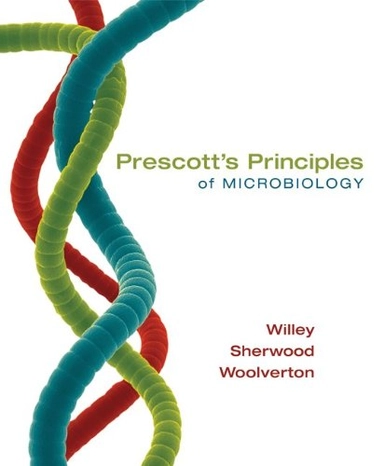

Prescott's principles of microbiology
- Utgiven: 2008
- ISBN: 9780077213411
- Förlag: McGraw-Hill Higher Education ; London
- Format: Häftad
- Språk: Engelska
Om boken
Åtkomstkoder och digitalt tilläggsmaterial garanteras inte med begagnade böcker
Mer om Prescott's principles of microbiology (2008)
2008 släpptes boken Prescott's principles of microbiology skriven av Joanne M. Willey. Den är skriven på engelska. Förlaget bakom boken är McGraw-Hill Higher Education , London.
Köp boken Prescott's principles of microbiology på Studentapan och spara pengar.
Referera till Prescott's principles of microbiology
Harvard
Oxford
APA
Vancouver



















